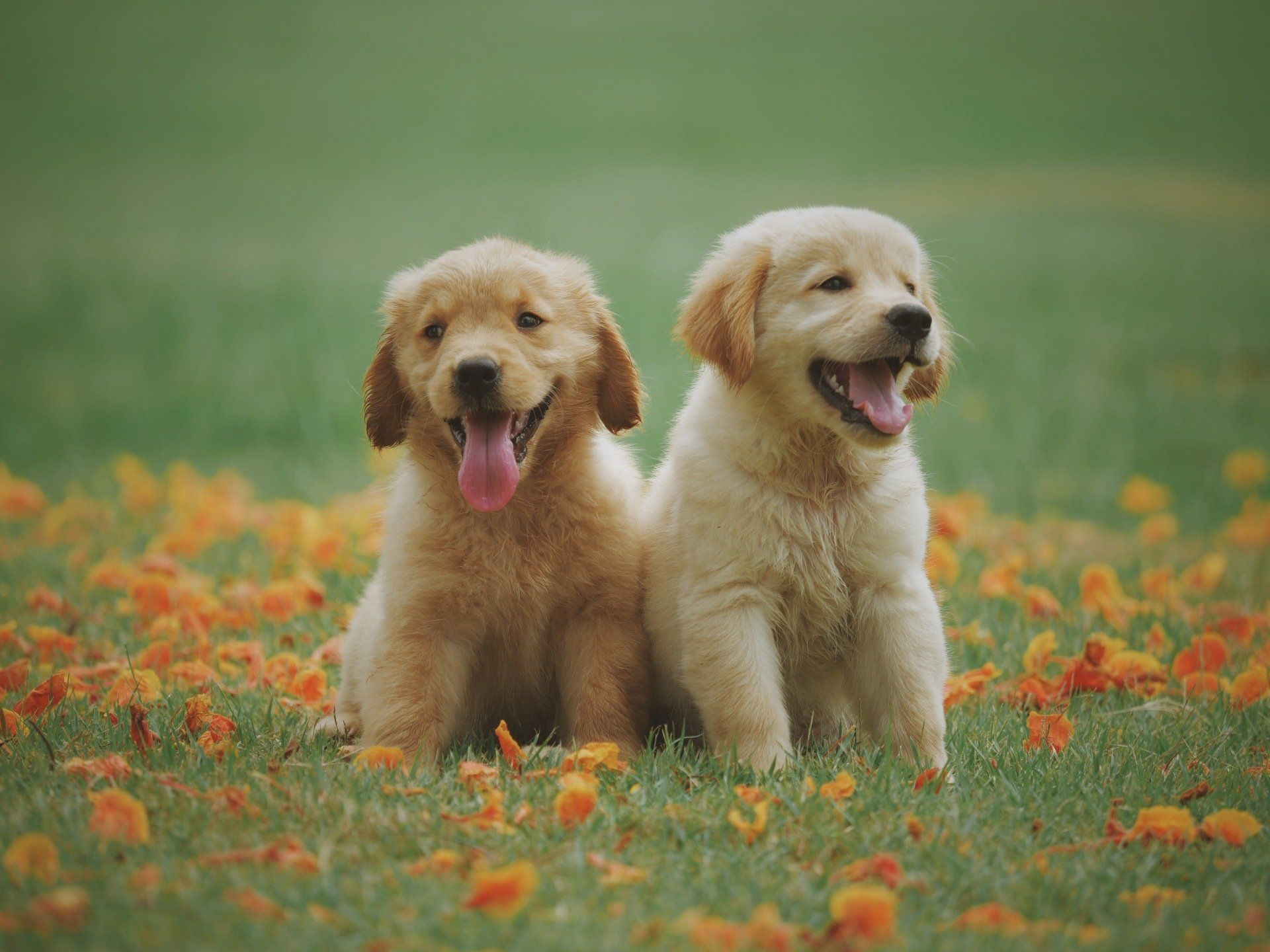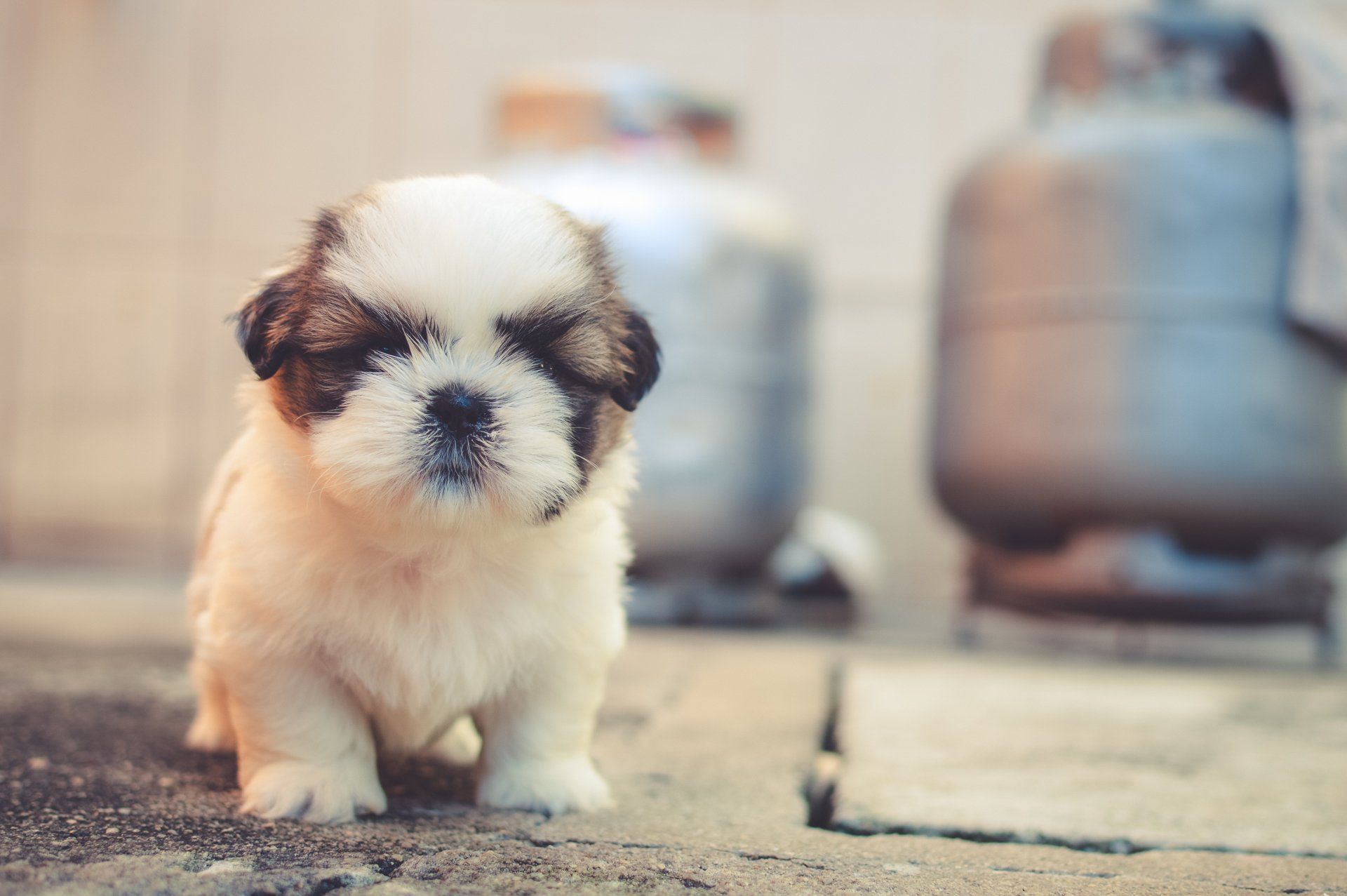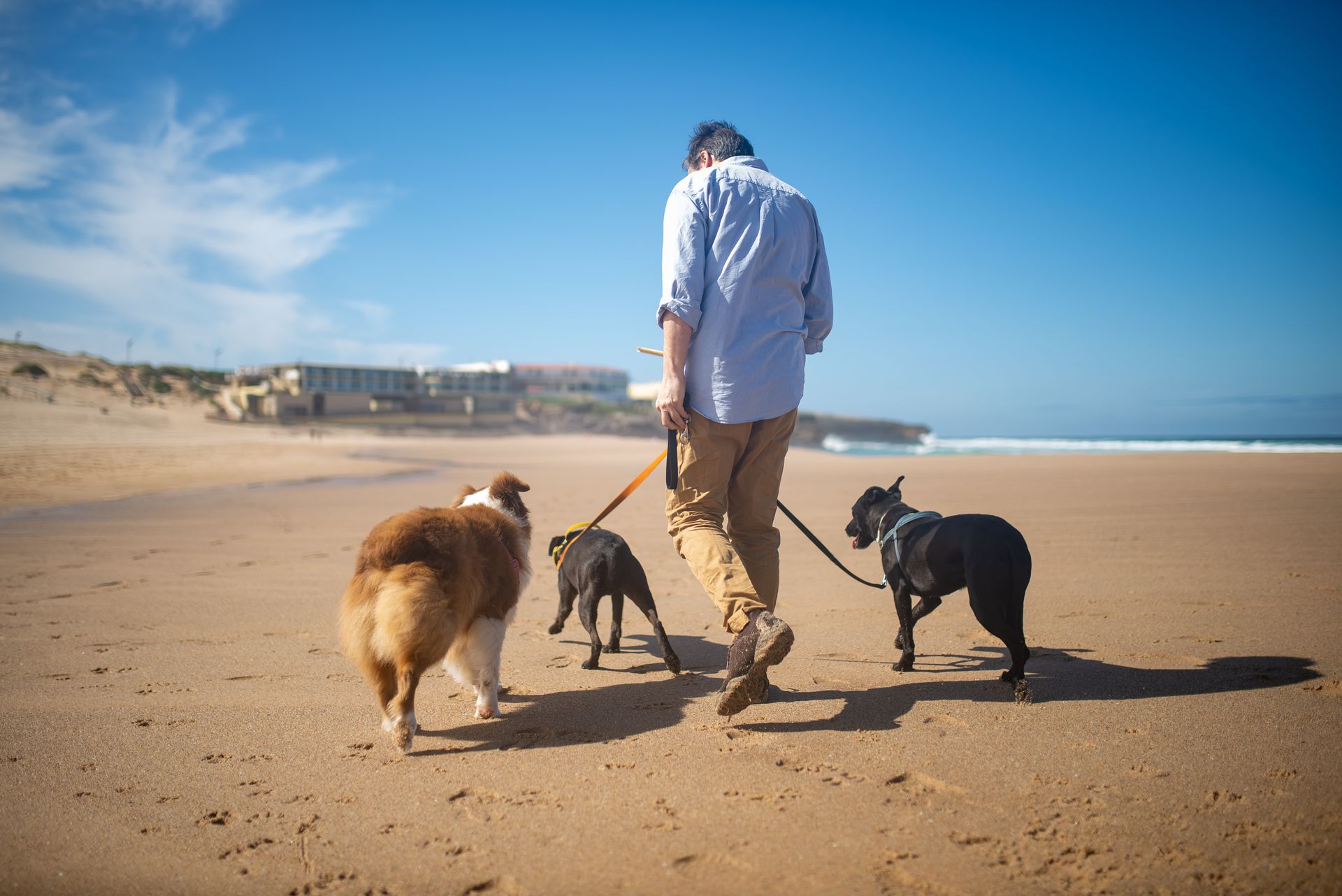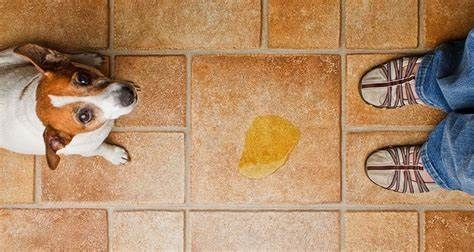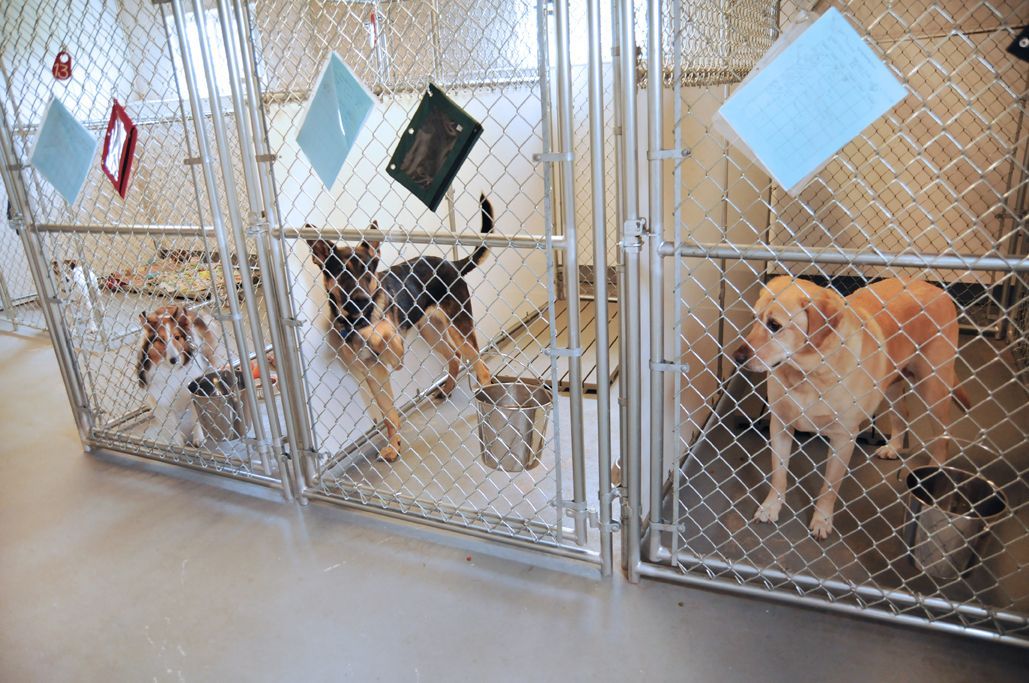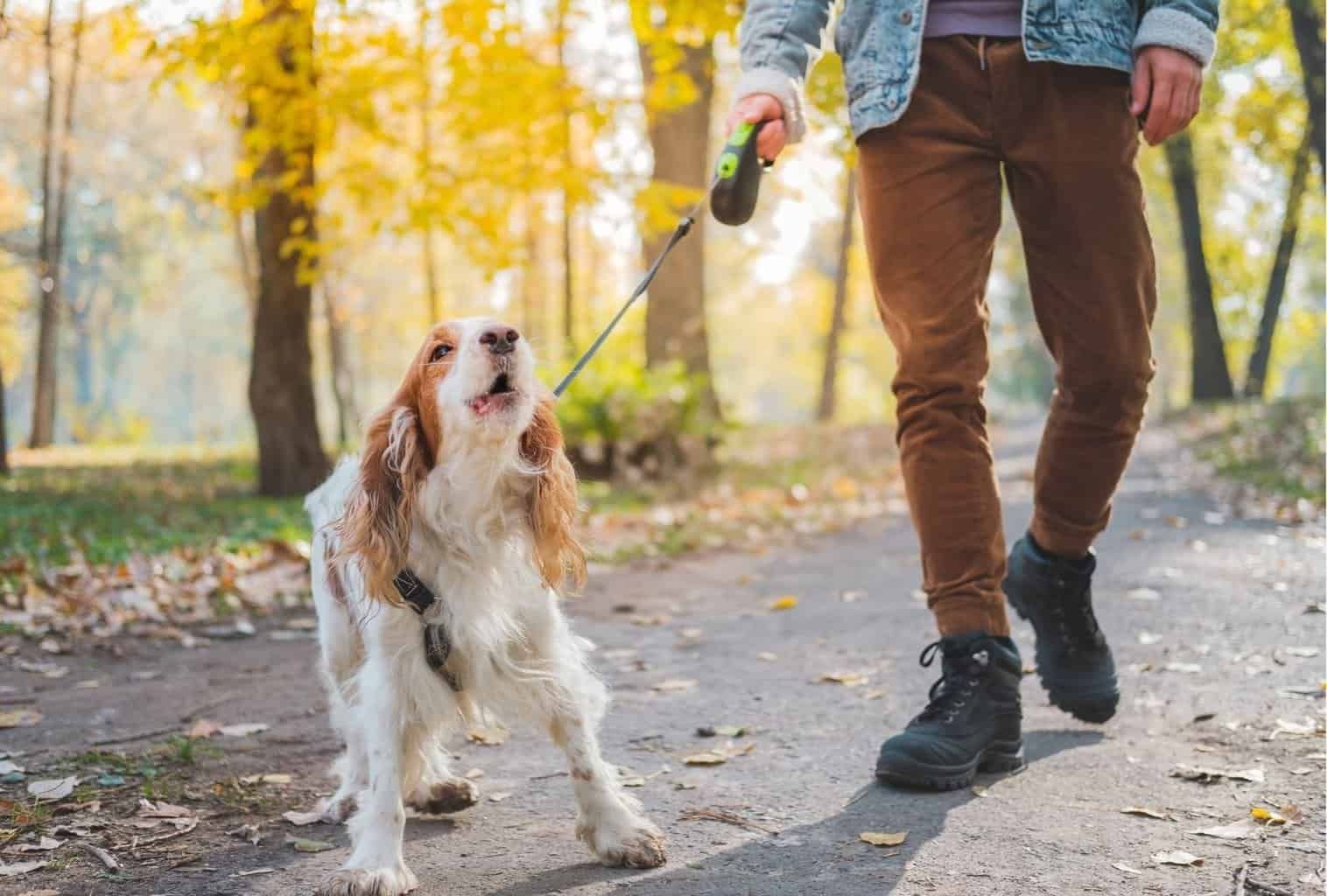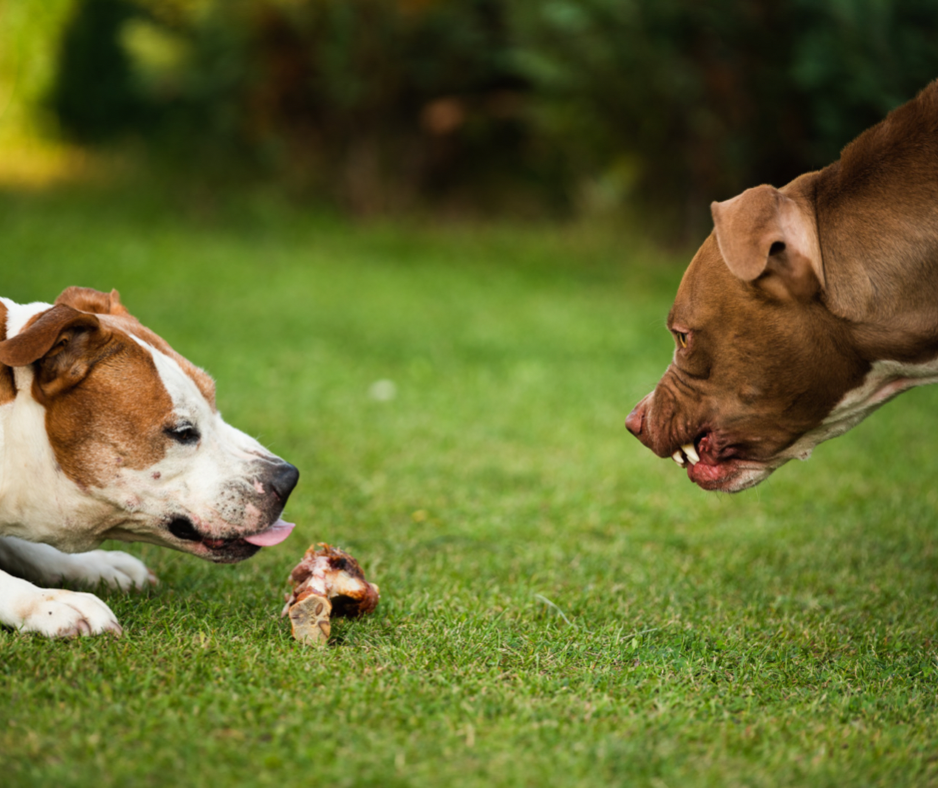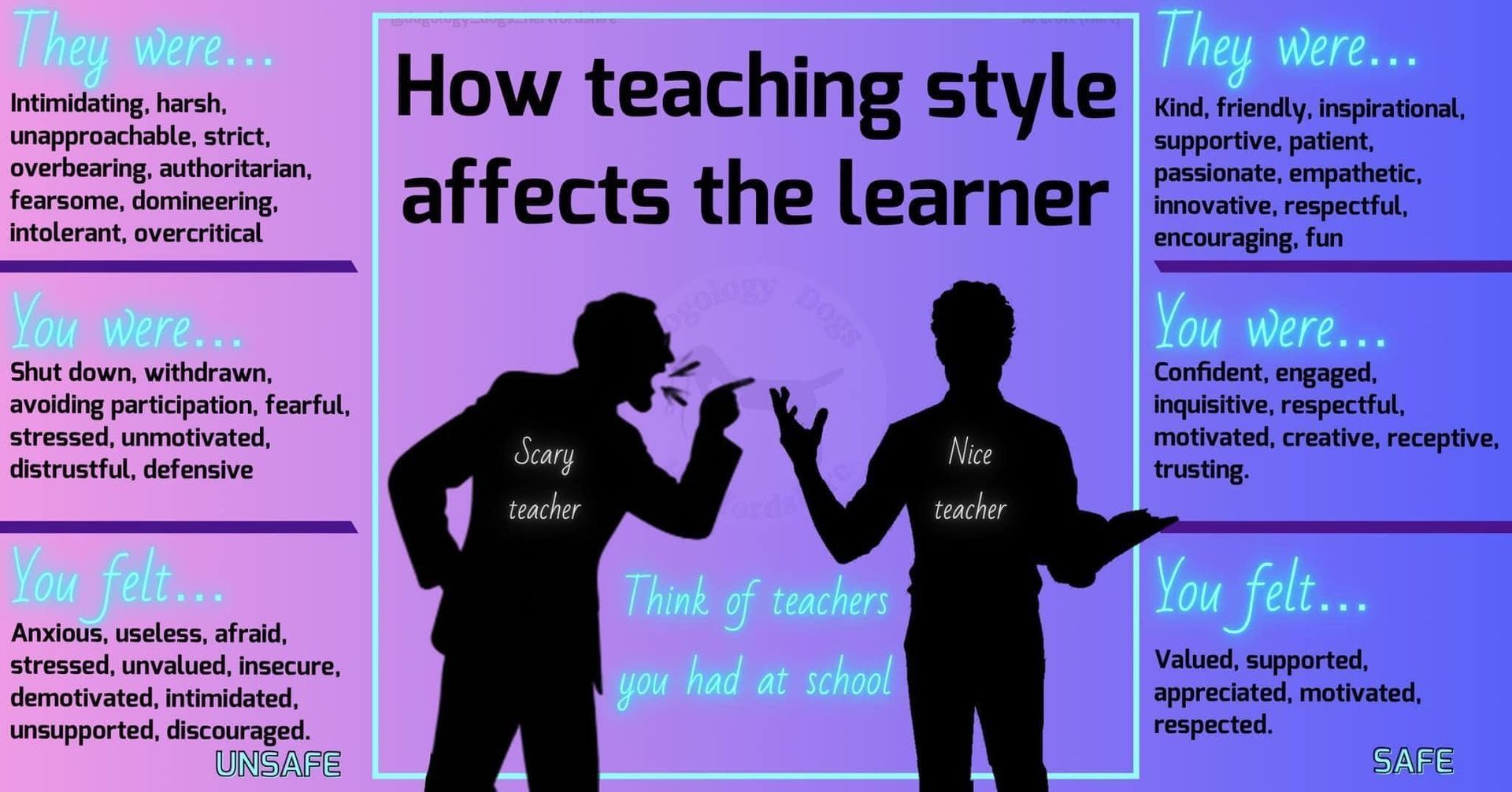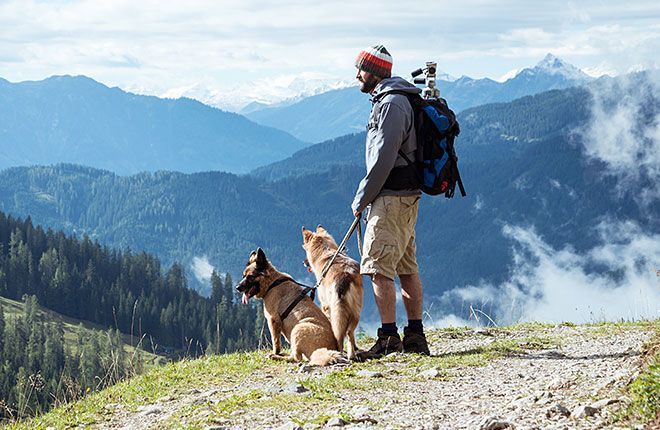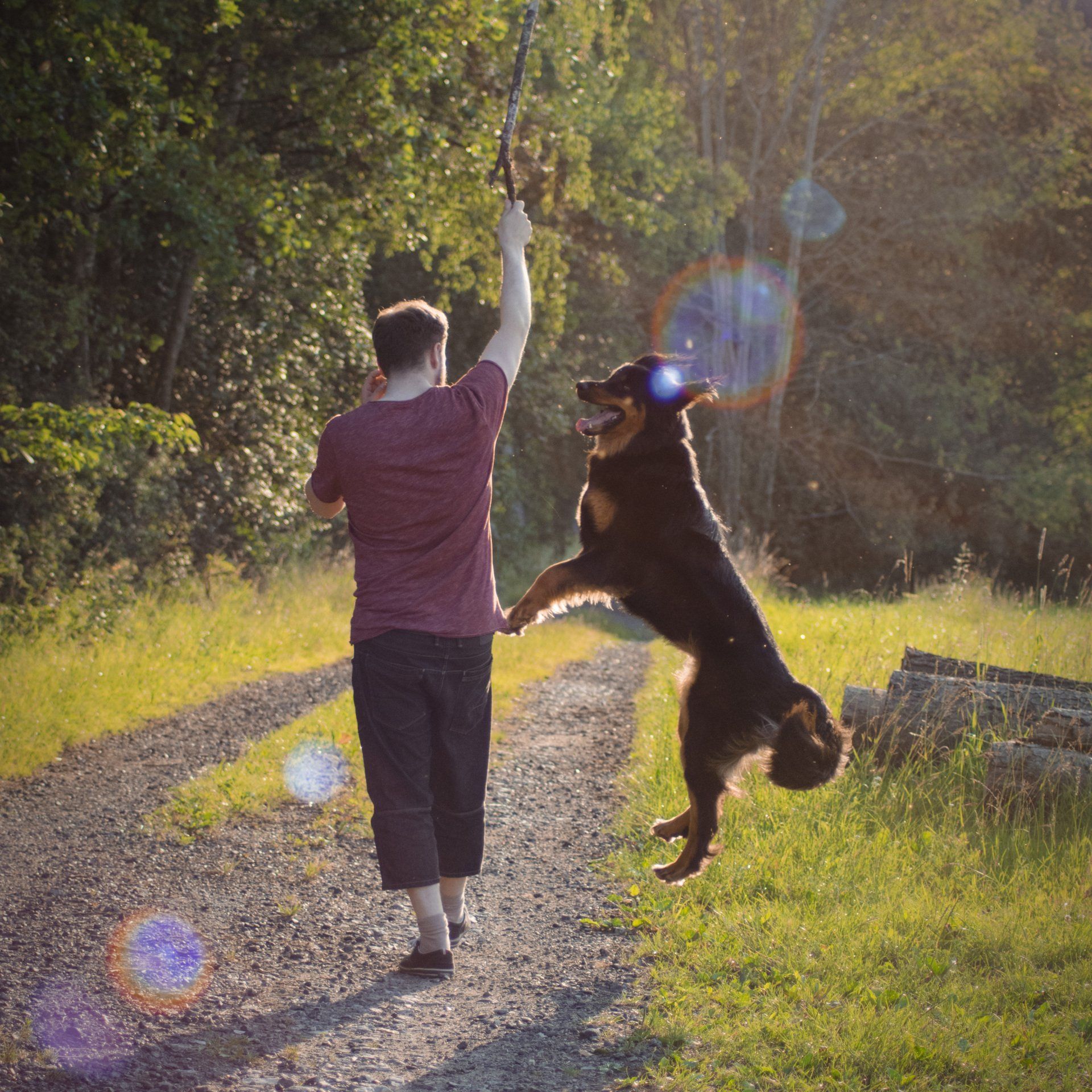Creating a Pet Evacuation Plan
Keeping Your Furry Family Safe when there is an emergency!
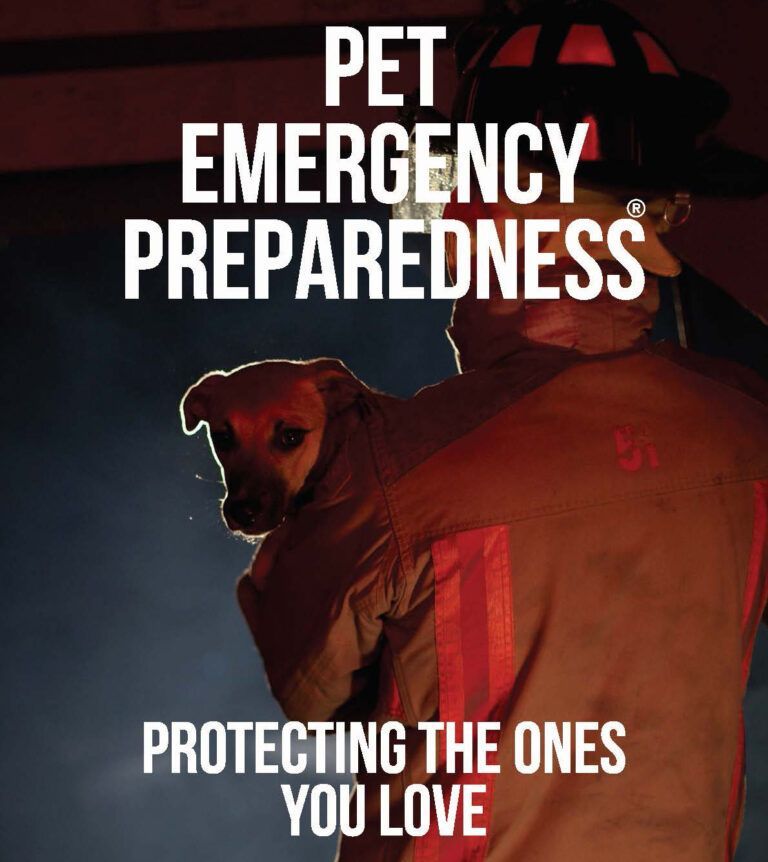
Emergencies can strike at any moment, whether it’s a house fire, a sudden accident, or an unexpected family crisis. As pet owners, it's essential to have a solid evacuation plan in place to ensure the safety of our furry companions. Here’s how you can create an effective pet evacuation plan that prepares you for the unexpected.
Why You Need a Pet Evacuation Plan
Pets are not just animals; they are beloved family members. In times of crisis, having a well-thought-out evacuation plan can make all the difference. Not only does it keep your pets safe, but it also helps reduce stress for both you and your furry friends during a chaotic time.
Key Components of Your Pet Evacuation Plan:
1. Emergency Kit Preparation - Start by assembling a pet emergency kit that’s easily accessible. This kit should contain:
- Food and Water: Pack 7-10 days’ worth of canned or dry food and bottled water. Remember to rotate the supplies every couple of months to keep them fresh.
- Medications and Medical Records: Store any necessary medications and your pet's medical records in a waterproof container.
- First-Aid Supplies: Include basic first-aid items tailored for pets.
- Identification: Ensure your pet has a collar with an ID tag, harness, and leash.
- Sanitation Items: Don’t forget litter, a litter box, paper towels, and plastic bags.
- Comfort Items: Pack familiar items like toys, treats, and bedding to help soothe your pet.
2. Documentation and Identification - Proper identification is crucial in emergencies:
- Microchipping: Ensure your pets are microchipped and that your contact information is up to date.
- Recent Photos: Keep recent photos of your pets handy for identification purposes.
- Medical Records: Store copies of vaccination information and medical records in your emergency kit.
3. Safe Haven Arrangements - Identify places where your pets can stay during an evacuation:
- Pet-Friendly Accommodations: Research hotels or motels that accept pets outside your immediate area.
- Friends and Family: Have a list of friends or relatives who could care for your pets in an emergency.
- Animal Shelters: Know which local animal shelters or boarding facilities offer emergency shelter for pets.
4. Transportation Preparation - Be ready to transport your pets safely:
- Accessible Carriers: Keep carriers easily accessible and labeled with your contact information.
- Familiarization: Help your pets get comfortable with their carriers in advance to minimize stress during an actual evacuation.
- Vehicle Readiness: For larger animals, ensure you have appropriate vehicles or trailers prepared.
Additional Suggestions:
- Establish a buddy system with neighbors or friends who can check on or evacuate your pets if you’re unable to do so.
- Stay updated on local emergency plans. Many public shelters do not allow pets, so knowing alternative arrangements is vital.
- Conduct practice evacuation drills with your pets. Familiarizing them with the process can help reduce anxiety when it matters most.
After the Emergency:
After an emergency, monitor your pet for any behavioral changes. Try to maintain their routine as much as possible and consult your veterinarian if you notice any health issues.
By taking the time to create a comprehensive pet evacuation plan, you’re ensuring the safety and well-being of your furry family members during unexpected emergencies. Remember, if it’s not safe for you, it’s not safe for your pets—always include them in your evacuation plans. With preparation and foresight, you can navigate emergencies with confidence, keeping both you and your beloved pets safe together.
